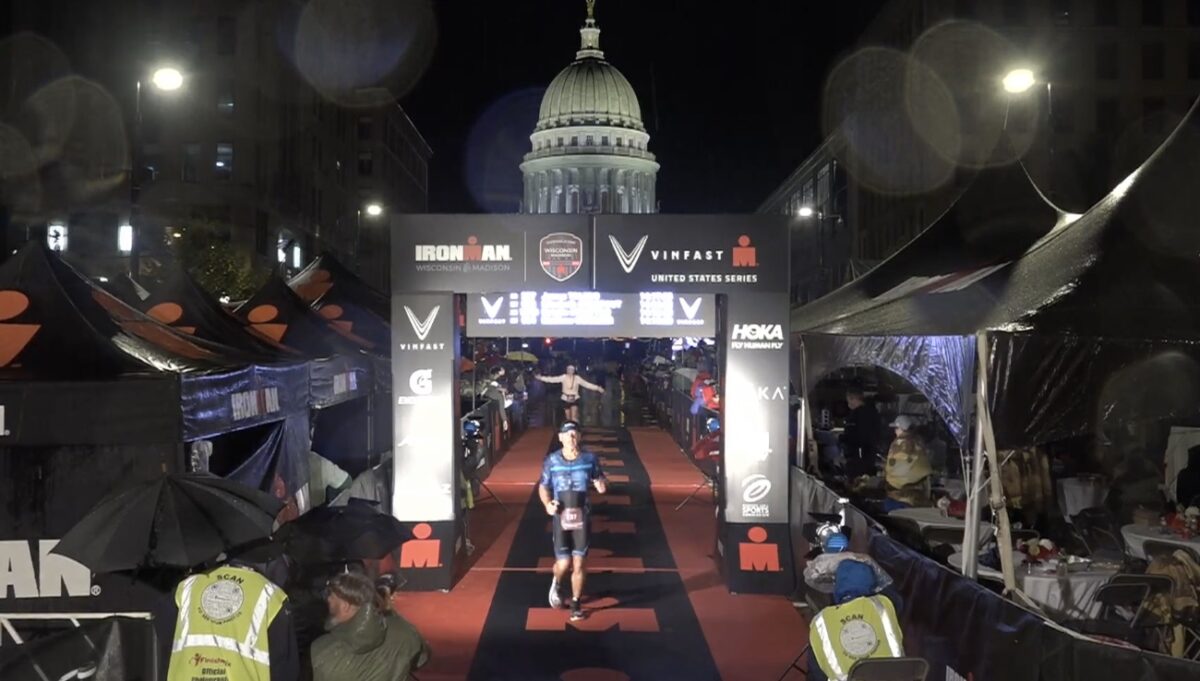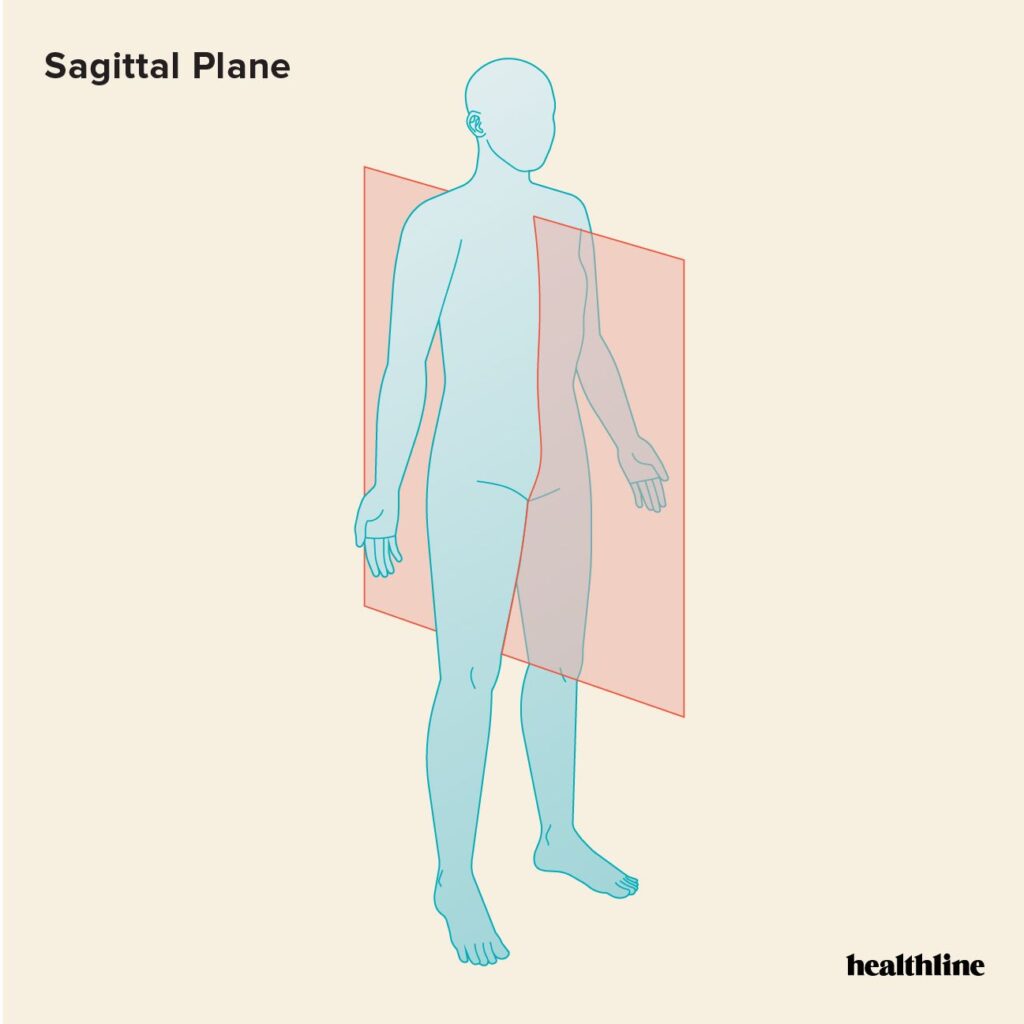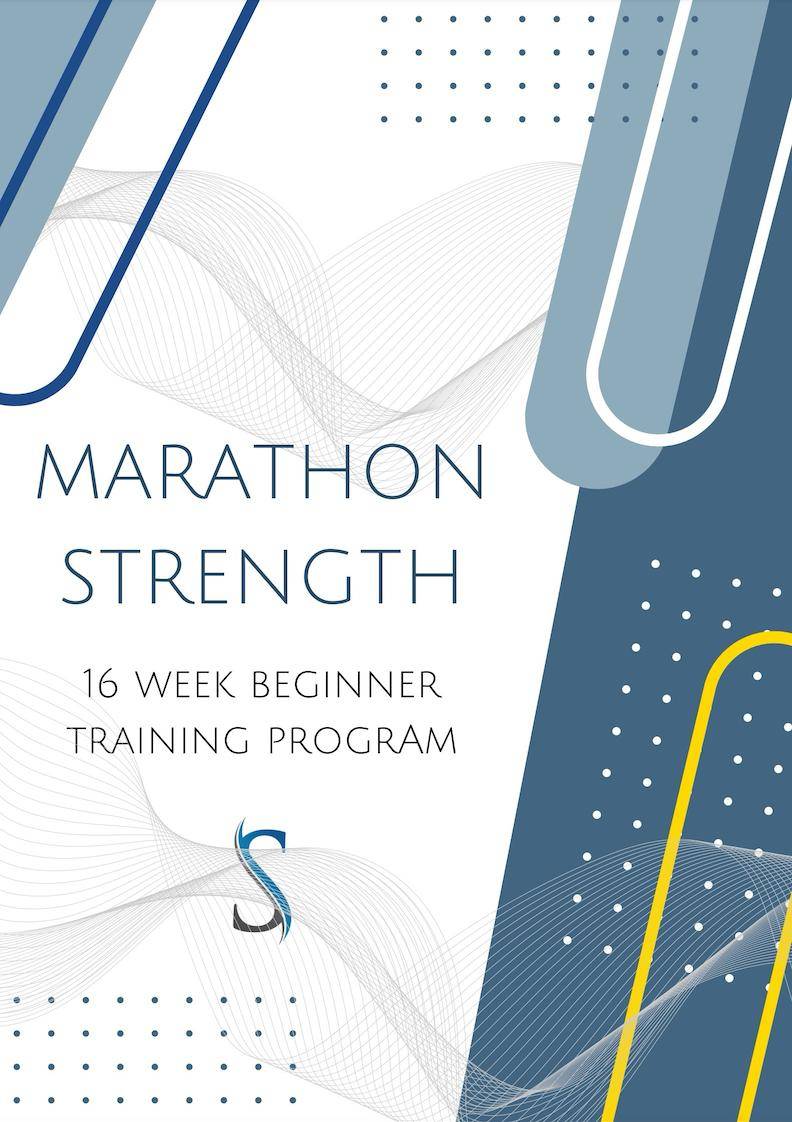
Madison Ironmen Beware: The Ironman’s Kryptonite
‘Tis that time of year. The Madison Ironman weekend is upon us. A weekend event filled with athletes at the peak of their training ready to swim, bike and run all around the greater Madison area. These athletes are some of the best ultra-endurance athletes around, and yet, they too have a kryptonite. Care to take a guess?
Swimming, biking and running all reside in what we call the sagittal plane. The sagittal plane divides the body in half into right and left sections. When humans move via running, biking and swimming, the body propels itself forward by performing movements on the right and the left side of the body.

Because Ironman training can take up many hours a week and often more than one workout a day, there is little time for these athletes to add in any additional training during peak season like weight training or other sporting activities. What ironman training tends to miss out on as the race approaches is lateral movement exercises. Think skater hops, shuffling, and side lunges. When lateral movements are missed in training, it can lead to reduced pelvic/hip stability and potentially result in injuries in training.
Now I am not saying that these athletes are doing anything wrong or that they need to be adding in more exercise during peak training season, but I do believe that there is a space for these athletes to work on lateral movements during the year to prevent injuries and improve their race day times. Below are some of my go-to exercises to add in for these athletes:
1.) Copenhagen Leg Lifts for adductor and oblique strength
2.) Star Plank for oblique and glute strength
3.) Lateral lunges for adductors and glutes
Exercises like these can be added in at any time. Because triathletes have intense training regimens, I usually recommend adding in some of these in the off season training program to improve strength and stability.
In a long roundabout way, I write this blog to say that even the top 1% athletes have their battles. Triathelets, golfer’s, beach volleyball, and parents playing with their kids; all are going to have specific strengths and weaknesses. Physical Therapy is not only for after an injury occurs, but it can also be to find these weaknesses in training programs to help an athlete reach their fullest potential.


